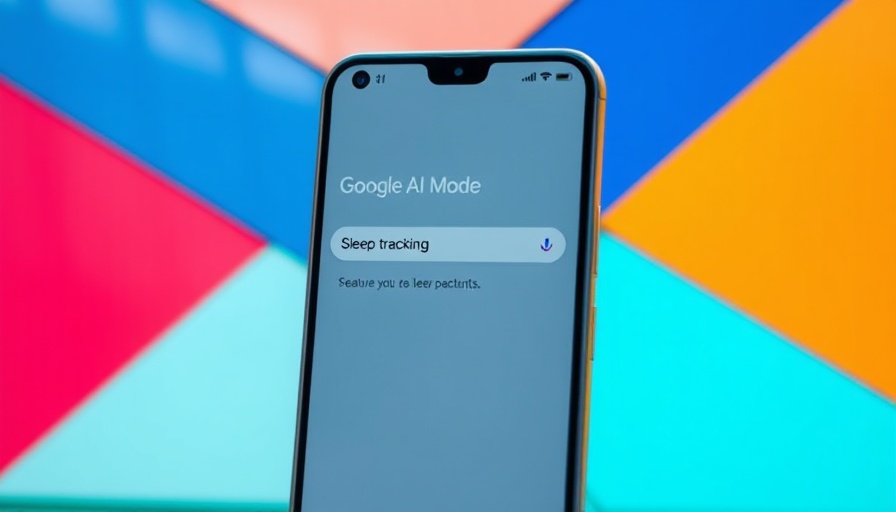
Google's Move to AI Mode Ads: What Small Businesses Should Know
The landscape of online advertising is undergoing a seismic shift with Google’s introduction of AI Mode Ads, a feature that dives deeper into user engagement while potentially altering how businesses market themselves online. Set to be integrated into Google's new AI Mode—a feature allowing for multi-step, complex queries—this new advertising approach is pivotal for small businesses and marketers who rely on digital spaces to capture consumer attention.
Understanding AI Mode: A New Kind of Search Experience
Google’s AI Mode, powered by its generative AI model Gemini 2.0, is designed to go beyond simple keyword searches, enabling multi-step inquiries that provide comprehensive answers. For small business owners, this means it’s no longer just about optimizing a single ad or webpage but about creating content and advertisements that can fit seamlessly into complex user journeys. As noted by Adweek, Google plans to leverage its learning from AI Overviews to refine the ad placements within AI Mode. This means businesses will need to rethink their advertising strategies to accommodate dynamic engagement rather than static content.
The Competitive Advantage of Being Early Adopters
Business owners taking a proactive approach to the AI Mode can gain a significant edge. Early test users can explore how advertisements might be placed in this new search environment, potentially experiencing higher visibility as the feature develops. As AI tools become integral to everyday browsing, adapting early can position a brand ahead of competitors still in traditional ad formats. Opportunities for more nuanced consumer engagement and data-driven insights from AI will play a crucial role in shaping future marketing strategies.
How This Will Affect Ad Spending: Risks and Rewards
While the transition to AI Mode could enhance ad efficiency, it’s essential to consider the risks involved. Google's announcement comes at a time when AI chatbots and competitors are emerging, raising questions about ad visibility and effectiveness. Businesses must weigh the potential for increased engagement against the possibility of higher costs in ad spend due to innovation adaptation and changing algorithms. Understanding these dynamics will be crucial for marketers aiming to remain competitive in this evolving ecosystem.
Emotional Connections: The Human Element Behind Marketing
Beyond the data and algorithms lies an important element of marketing—the human connection. AI Mode, with its focus on nuanced and complex queries, encourages deeper engagement and storytelling in advertisements. Small businesses can leverage this opportunity to highlight their unique stories and connect with customers on an emotional level, ultimately fostering loyalty in an increasingly automated marketplace. When consumers feel understood and valued, they are more likely to convert, making the effort to harness AI’s capabilities worth it.
Preparing for the Future: What Marketers Should Do Now
So, what’s the takeaway for small business owners moving forward? Start with a review of your current advertising strategies, assessing how well they align with multi-step customer journeys that AI Mode facilitates. Incorporate storytelling techniques that reflect the emotional core of your brand and explore innovative, AI-driven content creation. As Google refines AI Mode over time, adapting to these changes ensures that businesses remain relevant and competitive.
The future of digital marketing is upon us, and embracing AI technology is no longer a luxury but a necessity. By preparing today, small businesses can not only survive the upcoming changes but thrive within them.
 Add Row
Add Row  Add
Add 




Write A Comment